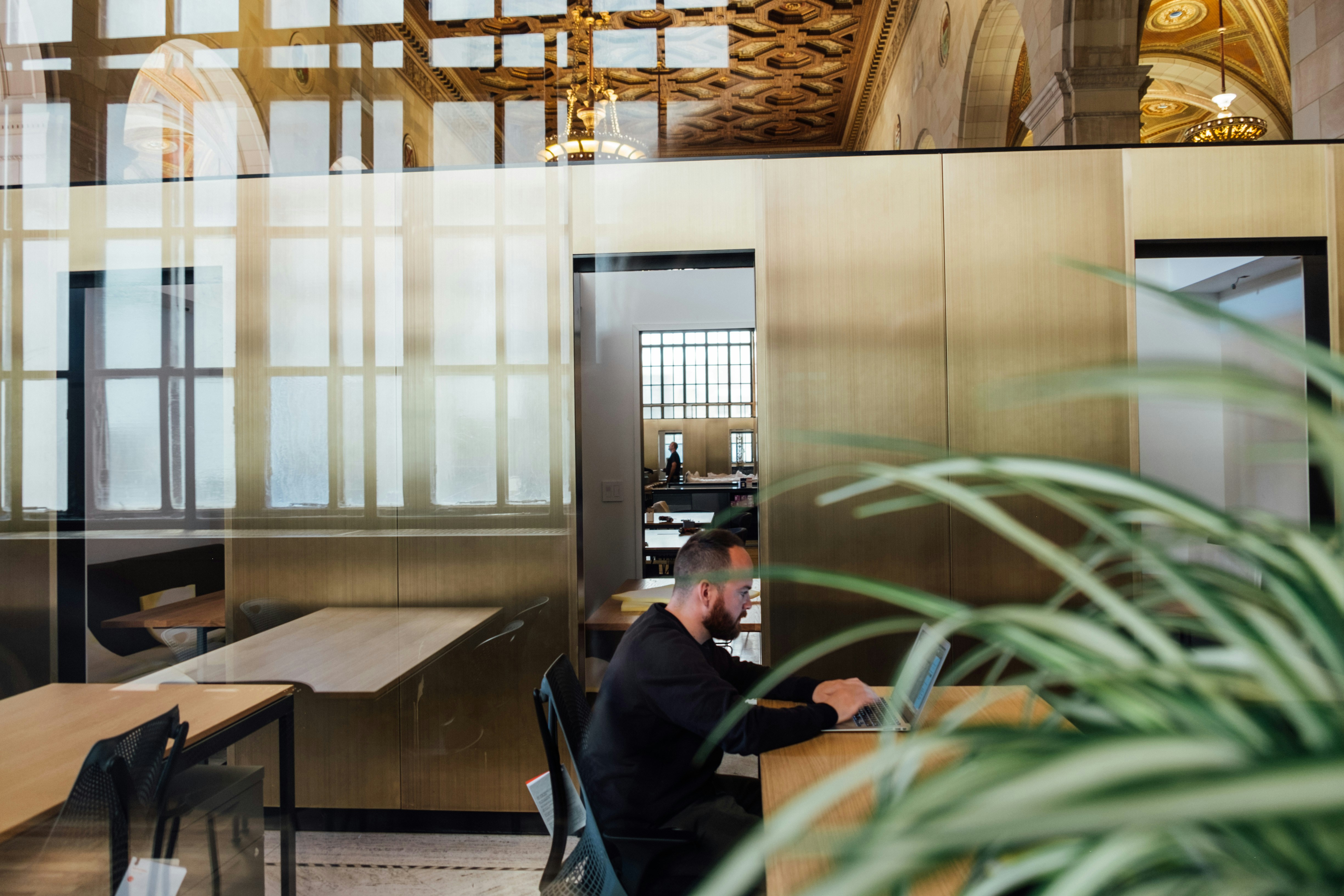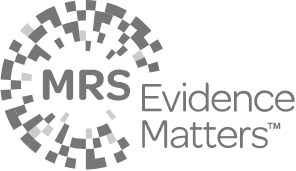


In most disciplines, you have to know the rules to break the rules. In service design, the rule is to break the rules.
Service designers are encouraged to draw on experience to determine what method is most appropriate in any given scenario. Prototyping, for example, generally works well for touchpoint-heavy services, while contextual interviews are better suited to services that people interact with in a specific location. But there is no one method that works for every situation, every time. In order to make space for truly compelling insights, a good service designer understands how to select methods with an eye to time constraints, personal strengths and project needs.
Although the literature that has come about in the last decade has helped shape service design into a more formal practice, it is still not a fully codified discipline – and it doesn’t want to be. One of the great strengths of service design is that it is continually evolving by challenging its core methods. At Spotless, we incorporate tactics from many fields into our work, including ethnography, consumer research, product design and corporate strategy. We use a variety of methods during our design process, and we aren’t afraid to experiment, scrap or combine. Some of our favorite methods are Business Model Canvassing, User Journey Mapping and Crazy Eights. Personally, I love a good What If.
In most disciplines, you have to know the rules to break the rules. In service design, the rule is to break the rules.
Recently, we worked with Saint-Gobain, a global construction brand, to help them understand their key customers and make it easier for them to design buildings for wellbeing. We planned to start with contextual interviews of those key customers – architects, quantity surveyors and estate managers – in order to learn how they researched, compared and specified different building materials. In this case, we chose to use contextual interviews because wanted to see how the customers interacted with their colleagues and what resources they had on hand.
But we soon realised we didn’t have a good enough grasp on the company’s current approach to customer relations. We needed a better understanding of stakeholders’ perspectives and assumptions. To get this, we had to mix up our methods. We dug around and pulled out our Customer Journey Maps from our toolbox, using them to help lead multiple workshops with the employees at Saint-Gobain. We were then able to use what we learned in those workshops to shape the structure of our contextual interviews.
If we had gone ahead with the original plan, we would have gathered a lot of information about an architect’s day-to-day, but it would have proved useless in its ability to either validate or counter client assumptions. Because we had the flexibility to mix up our methods, however, we knew what to ask in our contextual interviews to gain relevant feedback. This ended up providing us with an insight into why so many architects were relying on old specifications rather than searching for new opportunities that could improve wellbeing in their designs: they were simply short on time. We then went on to co-create an actionable Future Roadmap based on this and other insights, leaving Saint-Gobain with a confident, forward-facing plan for how to improve their services.
As our Experience Consultant Richie Kennedy puts it: “Being able to have flexibility is really important. You often scope things and get briefs from clients, but they’re not the experts in service design. You, as the service design team, need to have the time and space to redefine the brief”.
Learning how to experiment with methods in order to recognise and act on insights is one of the most important steps in service design. Whether it means scrapping the Service Safari in favour of Mobile Ethnography or combining Storyboarding with Improvised Scenarios, experimentation can help forge new methods and strengthen old ones. And ultimately, if your methods help generate real insights that drive user-centred innovation – then you’re doing something right.






Ben is on hand to answer your questions.


Please fill out the form below and we will get back to you as soon as possible. For jobs and work experience opportunities, please visit our careers page.

.jpg)

.jpg)
.png)


.svg)




.png)

